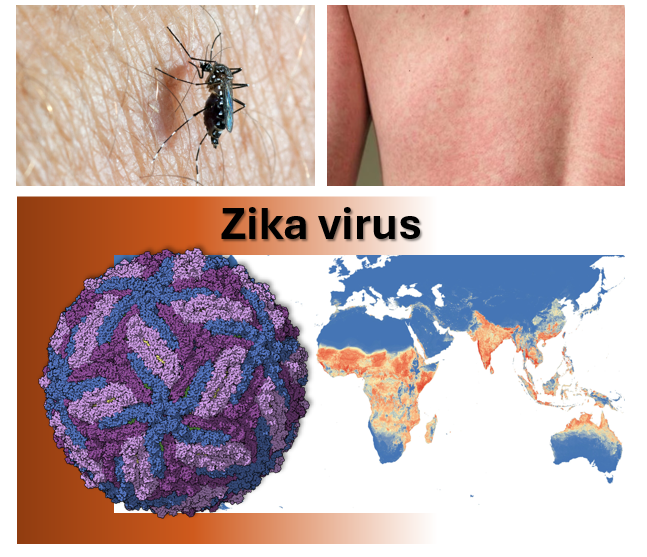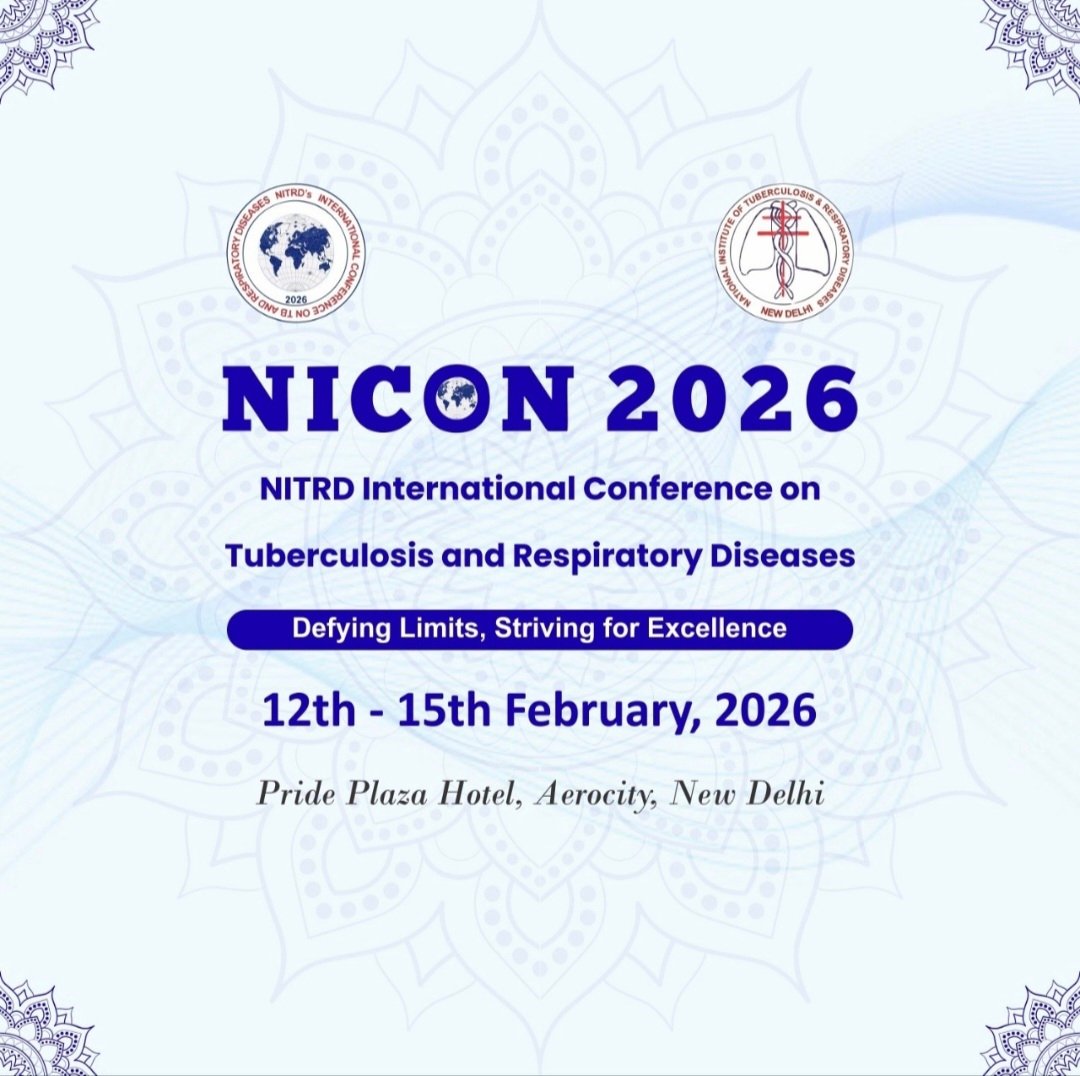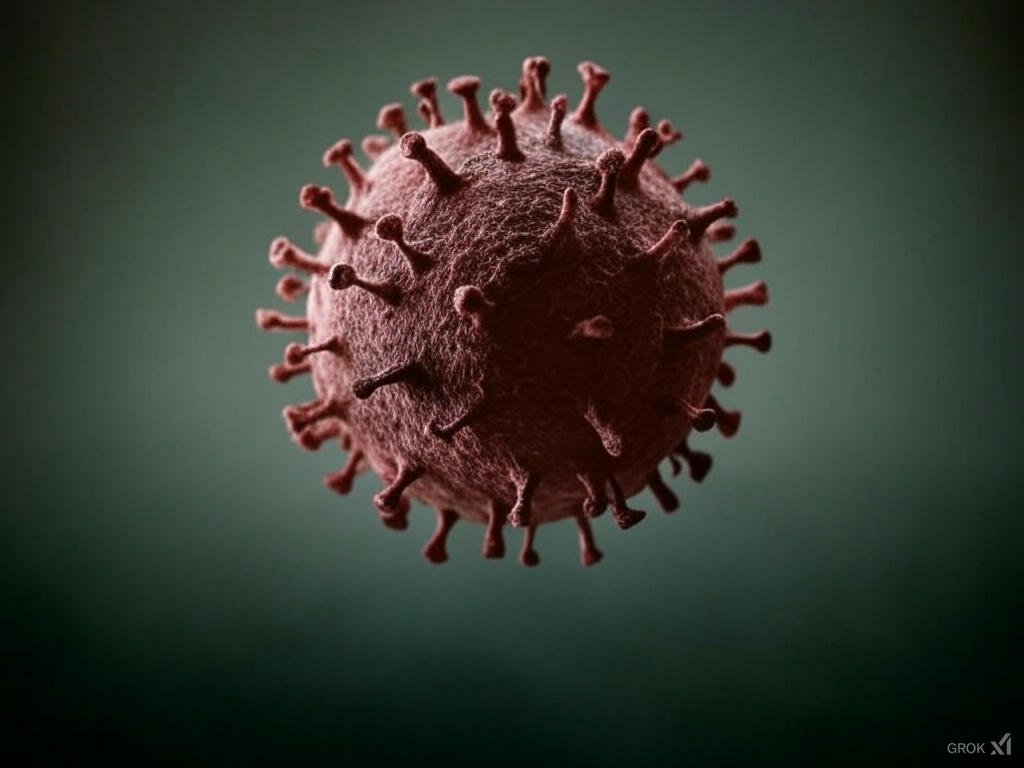Date: October 26, 2023 (Based on last access to model – though the file deals with 2024 data.)
Source: Integrated Disease Surveillance Programme (IDSP), National Centre for Disease Control, Ministry Of Health & Family Welfare, Government of India
Main Themes:
- Increased Zika Virus Disease (ZVD) Cases in India: The document highlights a significant rise in Zika virus cases in India during 2024, particularly in the states of Maharashtra, Karnataka, and Gujarat. Maharashtra reported the highest number of cases, with a majority concentrated in Pune.
- Neurological Complications and WHO Concern: The World Health Organization (WHO) has cautioned about potential neurological complications associated with Zika virus infection, including Guillain-Barré Syndrome (GBS), neuropathy, and myelitis.
- Zika Virus Transmission and Characteristics: The document outlines how Zika is primarily transmitted through the bite of infected Aedes mosquitoes but also through mother-to-fetus transmission, sexual contact, blood transfusions, and possibly organ transplantation. The document also mentions that many infections are asymptomatic or mild.
- Guillain-Barré Syndrome (GBS): GBS is an autoimmune disorder that can be triggered by infections, such as Campylobacter jejuni (which is suspected to be the cause of the recent outbreak in Pune), Cytomegalovirus (CMV), Epstein-Barr virus (EBV), Influenza, and SARS-CoV-2 (COVID-19). The document details its symptoms, diagnosis, treatment, and preventive measures.
Key Facts and Ideas:
ZVD Case Numbers: A total of 151 Zika virus disease cases were reported in India between January 1 and December 31, 2024. Maharashtra reported the highest number of ZVD cases (140), with most cases (125) in Pune. Karnataka reported 7 cases in Bengaluru urban district and 3 in Shivamogga. Gujarat reported 1 case in Gandhinagar.
Increase Compared to Previous Years: “The number of ZVD cases reported in 2024 in Maharashtra is the highest since 2021…” The number of cases in Karnataka is also the highest since 2022.
No Reported Microcephaly or GBS: As of December 31, 2024, “no cases of microcephaly and/or Guillain-Barre syndrome (GBS) associated with this (ZVD) outbreak have been reported in India.” However, WHO still cautions about the possibility of these complications.
Zika Transmission Methods: The document clearly states: “Zika virus is…transmitted to humans by the bite of an infected Aedes mosquito. Zika virus is also transmitted from mother to foetus during pregnancy, as well as through sexual contact, transfusion of blood and blood products, and possibly through organ transplantation.”
Lack of Specific Treatment: “There is no specific treatment available for Zika virus infection or disease.”
Concerns Regarding Zika Virus: “Zika virus can cause large epidemics, particularly when introduced in immunologically naive populations…” The document stresses that Zika can lead to a strain on the public health system. “Infection during pregnancy is associated with a risk of microcephaly and other congenital malformations in infants (congenital Zika syndrome (CZS)) as well as preterm birth and miscarriage.”
Under-reporting Potential: “The actual incidence of ZVD could be higher due to the asymptomatic or mild clinical presentation in most of the ZIKV infections, combined with varied levels of awareness among clinicians.”
Aedes Mosquito Density: “Aedes mosquito density in India varies by season and location, with the highest densities occurring during the monsoon and post-monsoon seasons.”
Guillain-Barré Syndrome (GBS):
- Definition: Guillain- Barré Syndrome (GBS) is an autoimmune disease in which the body’s immune system mistakenly attacks the peripheral nerves
- Symptoms: muscle weakness, paralysis, and, in severe cases, respiratory failure.
- Triggers: infections such as Campylobacter jejuni (suspected to cause the recent outbreak in Pune), Cytomegalovirus (CMV), Epstein-Barr virus (EBV), Influenza, and also SARS-CoV-2 (COVID-19)
- Treatment: primarily involves intravenous immunoglobulin (IVIG) or plasmapheresis, supplemented by supportive care to prevent complications.
- Prevention: practising good hygiene, such as frequent handwashing, consuming clean food and water to prevent bacterial infections like Campylobacter jejuni, and getting vaccinated against flu and other viruses when recommended.
Implications:
Public Health Concerns: The rising number of ZVD cases in India, coupled with the WHO’s warning about neurological complications, poses a significant public health concern.
Need for Vigilance and Surveillance: Enhanced surveillance and public awareness campaigns are crucial to monitor the situation, especially given the possibility of underreporting. The document identifies Maharashtra as a hotspot, and a particular concern is the unknown number of Zika cases among pregnant women.
Importance of Prevention: The emphasis on preventing mosquito bites and practising good hygiene habits, particularly around food and water safety, is paramount.
GBS Awareness: Healthcare providers and the public should be aware of the symptoms and potential triggers of GBS, particularly given its link to various infections.
Conclusion:
This document provides a clear snapshot of the Zika virus situation in India as of the end of 2024, noting an increase in cases and raising concerns about potential neurological complications. The information highlights the urgent need for proactive public health measures, continued surveillance, and increased awareness to mitigate the impact of this disease and its associated risks.








